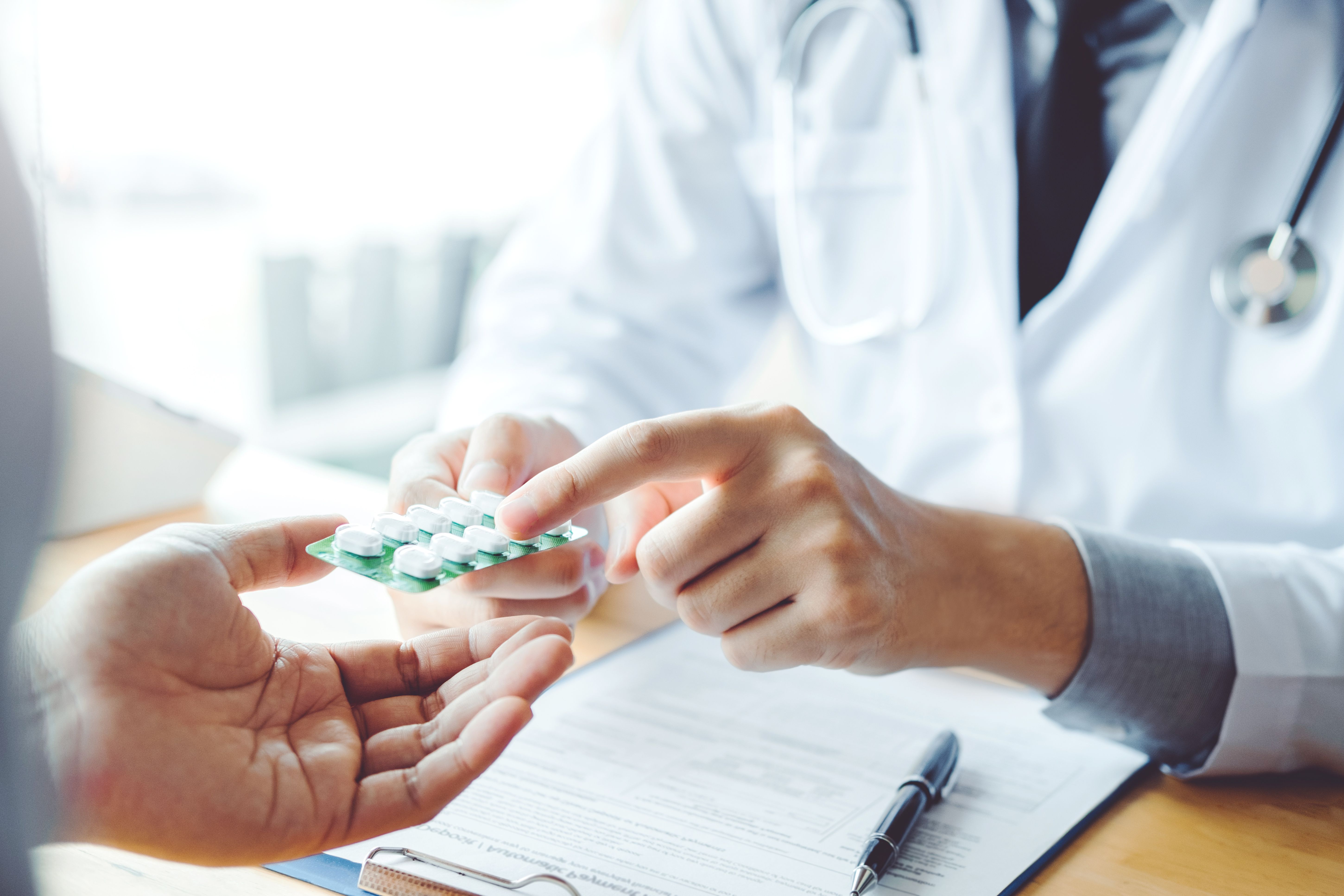Article
My Experience as a Patient
A visit to the emergency department and a 24-hour pharmacy leave the Redheaded Pharmacist generally satisfied, but with a sense that there is room for improvement.
I found myself in the emergency department of a local hospital late the other evening with an acute problem that couldn’t wait until morning. As usual, the experience of being a patient was a real eye opener.
One of my contact lenses popped out of my eye while I was driving. The resulting scramble in an attempt to put the lens back in my eye may have caused more problems than simply losing the contact.
As my eye got progressively worse over the next couple of hours it was obvious I wasn’t avoiding a trip to get the eye checked out. And of course, it was just late enough on a Sunday where my options were severely limited.
This meant a trip to the emergency department at a local hospital. And as anyone who has gone through a trip to the E.D. themselves can tell you, it was going to be an interesting evening.
The first thing I noticed is the streamlined process for being seen. You check in, wait for the triage nurse, get assessed, and then wait to be seen by a provider.
I’ve always been guilty of playing the “what do the other people here have?” game. I can’t help but wonder what brings others to the waiting area of an emergency department. Plus, it is something to do while you wait to get to your room.
I finally make it back to my room which is separated from the other rooms by those pull-away curtains only. There are people in the next room I can hear.
I’m able to hear the issues and problems of the two patients in adjacent rooms even with my mental attempts to block out their conversations with the E.D. staff. HIPPA is apparently more of a concept than a practice in many areas of our healthcare system.
I’m finally seen and evaluated as best they can for an eye issue that is difficult to explain. I’m given a prescription for Vigamox (an antibiotic opthalmic drop) as a precaution and sent on my way.
It is already past time to go to one of the locations where I work. All of my employer’s pharmacies are closed. Time to find a 24-hour pharmacy so I can start my antibiotic eye drops that same night.
I find a store and give them the prescription and my prescription insurance card and wait. It is odd for me to be outside a pharmacy, waiting for someone else to fill a prescription for me. It is a role reversal that I’m just not used to as a community pharmacist.
I’m paged back to the pharmacy department. They tell me my insurance wants me to use one of my employer’s pharmacies or an affiliate pharmacy only for coverage. The problem is there aren’t many options for 24 hour pharmacies and I don’t want to wait until the next morning to get started on my antibiotics.
This means I pay full price for an expensive antibiotic eye drop even though I have active prescription coverage. Maybe I can file a claim later and recover some of that money? Well, it was a fleeting thought that was more a wish than a viable option.
In the end I only waited a couple of hours to be seen in the emergency department that night. It looked like an average volume night for them. That actually isn’t bad compared to what the wait time could have been.
As I think back on my experience, I’m thankful it turns out my eye will be fine. I’m also struck by all of the intricacies of our complicated healthcare system from the vantage point of being a patient rather than a provider.
How do we improve things for patients? What contributes to E.D. wait times? And why are there so many insurance blunders like the one I experienced late that evening?
I guess I will have time to digest these questions as I wait for my bill to arrive. It’s an experience for a healthcare provider to become a patient. I just hope it doesn’t become a regular occurrence for me.

FDA Grants Approval to Generic Extended-Release Memantine/Donepezil and Everolimus





